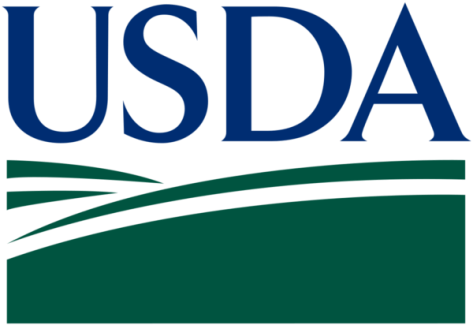Some pressure is still expected to build on global commodity prices in this year’s second quarter, in line with the northern hemisphere milk peak, Rabobank’s latest dairy quarterly says.
The export engine had been ”running on most cylinders” since mid-2017.
Apart from New Zealand, where dairy farmers had battled with one of the more disruptive seasons in recent times, milk production had been growing in all key export regions.
However, the bank did not see the northern hemisphere peak milk flows completely overwhelming the global market.
European Union milk production growth started 2018 on a high note but was also expected to trend lower throughout the year.
Looking further afield, Rabobank forecast combined year-on-year milk production growth across the ”Big 7” – EU, United States, New Zealand, Australia, Brazil, Argentina and Uruguay – to moderate through 2018.
Building on-farm margin pressure was a key driver of slowing year-on-year gains in global milk production.
Farm-gate milk prices had retreated in most export regions and had fallen by as much as 15% in some areas since the start of 2018.
Nevertheless, milk supply growth was outstripping import demand and would continue to do so through the second-quarter.
As a result, that would limit the upside in global commodity prices and could lead to some downward price pressure.
Over the past quarter, Chinese buyers had done ”most of the heavy lifting” in terms of purchasing. Active buying from the world’s largest import market always helped to keep global markets in balance.
The global economy continued to show broad-based growth, which was an important stimulant for dairy demand growth, the report said.
Rabobank saw global economic growth accelerating mildly in 2018. According to anecdotal evidence, consumer demand in southeast Asia generally remained robust.
In contrast, economic settings and weak consumer spending in some economies across the Middle East and North Africa were key reasons for less robust dairy demand volume growth.
Import buyers elsewhere had largely been on the sidelines, given the luxury of high stocks and growing year-on-year milk production.
On the upside for global pricing, import buyers might begin to accelerate purchasing in order to get some short-term inventory cover, with expectations of a shift in the balance coming in the second half of 2018.
Ahead of the European peak, intervention stocks of SMP remained a burden on protein prices.
Despite healthy bid volumes to purchase aged product at recent tenders, the European Commission had not yet found an appetite to sell at the offer prices, resulting in only small quantities exiting warehouses.
A tweak in the tender system would limit further stock accumulation this year, meaning peak milk supply would need to find alternative streams.
Source: Rural Life




